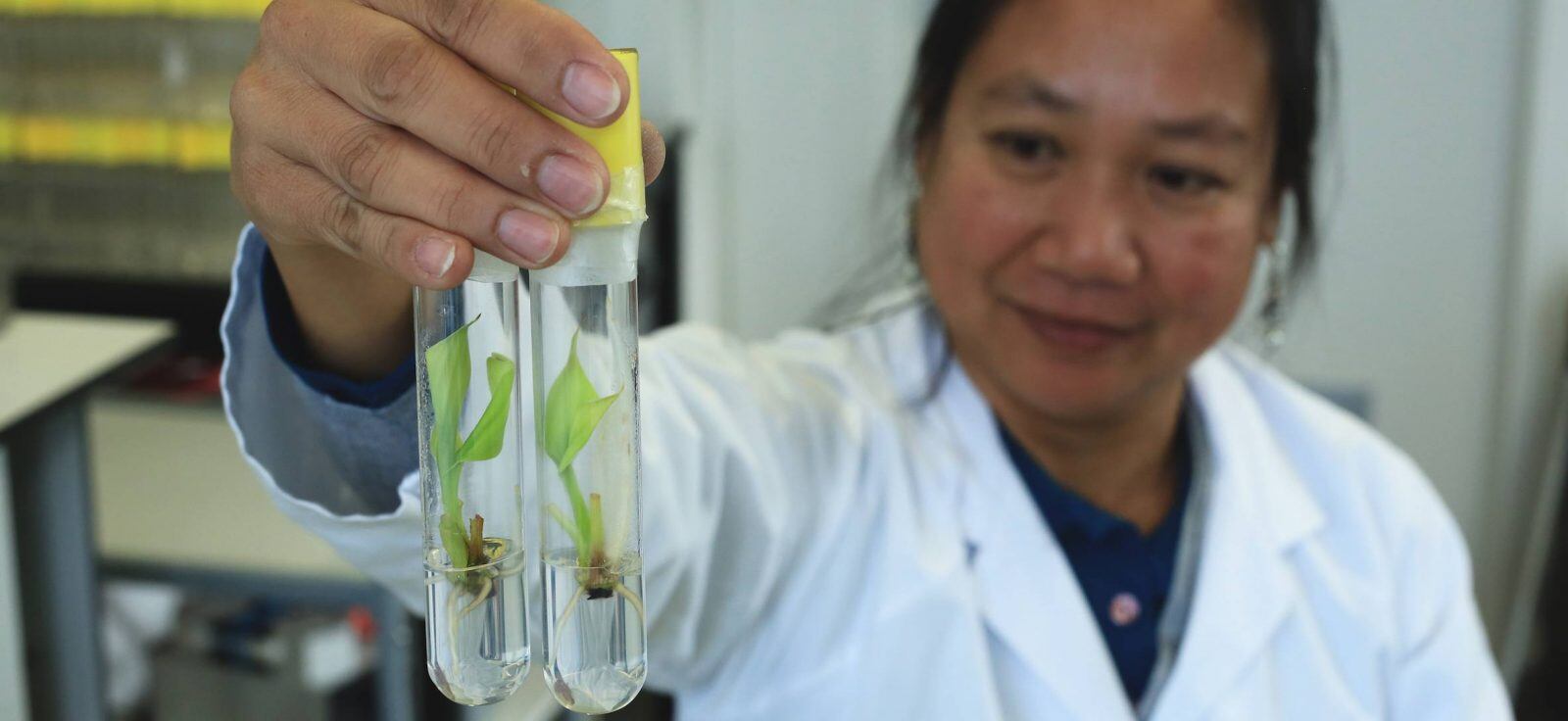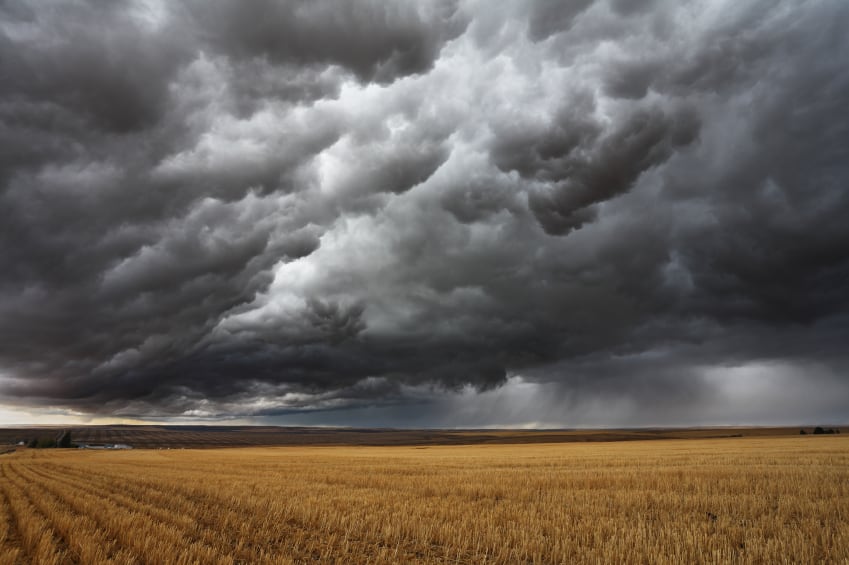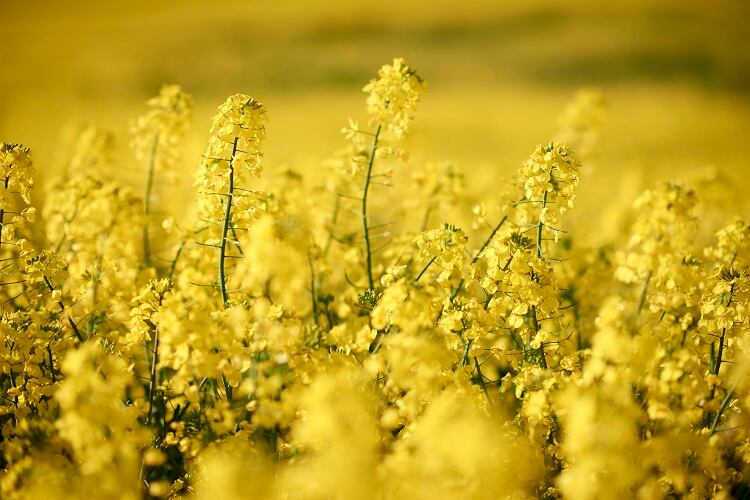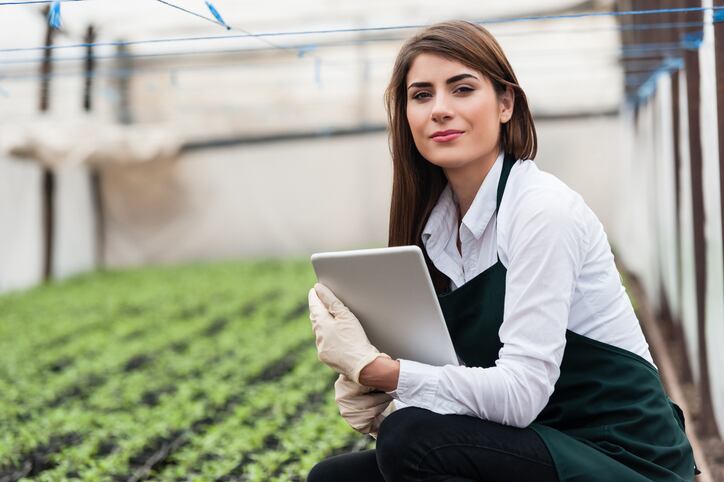Fusarium is spread by a fungus in contaminated soil called Fusarium oxysporum f. sp. cubense (Foc) and infected plant materials. The disease is allegedly spread by farm machinery from abroad or transmitted by traveling farm workers or tourists.
The global threat of Tropical Race 4
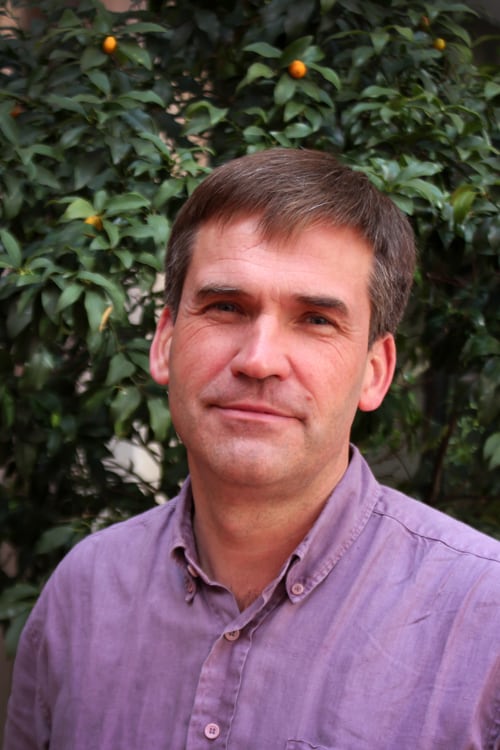
Some scientists claim with the onset of Fusarium disease banana cultivation cannot continue without major changes and there is now a new strain of Foc, the Tropical Race 4 (TR4), which attacks Cavendish (banana plant) clones and a diverse range of other banana varieties.
In August 2019, authorities in Colombia declared a national emergency after confirming TR4 had reached Latin America. The Colombian Agricultural Institute (ICA) in Bogotá closed four plantations in northern Colombia as a result.
The disease is already widespread in Asia and now Ecuador, Colombia, Costa Rica, and Guatemala are on high alert. A major outbreak of TR4 could ruin farmers and increase the cost of bananas globally.
Nicolas Roux, head of genetic resources, Bioversity International, a CGIAR not-for-profit research centre, part of the Scientifique Agropolis, in Montpellier, France, told FoodNavigator TR4 is a variant of Panama disease, which wiped out banana plantations across Latin America in the mid-20th century.
The industry recovered after it replaced the most widely cultivated banana variety at that time, the Gros Michel, with a new one, the Cavendish. The Cavendish is resistant to Panama disease and now dominates the export industry. But the development of the new strain means that is under threat.
“We keep on telling the big multi-national food companies that we need more funding to cultivate other gene resistant bananas so that we don’t just rely on the Cavendish for exports but they are not listening,” said Roux.
CGIAR is a global research partnership for a food-secure future. Its science is carried out by 15 Research Centers in collaboration with hundreds of partners across the globe.
It was born out of a need to reduce rural poverty, increase food security, improve human health and nutrition, and ensure sustainable management of natural resources. It is unusual in that it is not part of an international political institution, such as the United Nations or the World Bank, and as such relies on funding from its members.
Roux said the longer-term solution to the TR4 problem is replacing the vulnerable plants with a resistant variety.
As an example, the Honduras Foundation for Agricultural Research in La Lima has spent decades breeding Fusarium-resistant bananas. But so far the results have not lived up to the Cavendish in properties such as taste and resistance to blemishes.
Fusarium Tropical Race 4 (TR4)
- Fusarium of banana is a disease caused by the soil-borne fungus Fusarium oxysporum f. sp. cubense (Foc)
- The different strains of the fungus (around 35 different reported so far) are grouped into four main ‘races’ based on their vegetative compatibility.
- Races 1 and 2 affect a small number of cultivars and Race 3 affects some ornamentals genetically close to bananas
- Race 4 can infect most varieties, but is known predominantly for attacking Cavendish, the most widely cultivated variety in the world.
According to James Dale of the Queensland University of Technology in Brisbane, it has produced a modified version of Cavendish but it is still undergoing trials with plans to commercialize it in 2023.
“A lot of it depends on the consumer but they need to be informed of the crisis. We can create other resistant varieties of bananas but it is a question of whether people will like the taste because it won’t be the same as what they buy in the supermarkets today,” said Roux.
“As scientists we want to promote the different varieties of bananas in the world to inform the consumer about how there is more than just one (Cavendish) that we commonly see in the supermarkets.
“They [the scientists] are working on the different varieties to protect them from extinction and making them disease resistant and will now expand this to other crops but it is a difficult task, because without consumer engagement there is no education. Only when consumers become aware of the issue at large can we promote awareness of the different varieties and they are the ones who can change the world.
“We are trying to promote the consumption and biodiversity of bananas, but they are difficult to export because we only know of one type of banana. So much investment has been put into Cavendish which is easy to grow and export that the large corporate food companies don’t want to change to a different variety.
“We are talking a lot now about fair trade and GMO (genetically modified organism) but a lot depends on the consumer and case by case.
“We need GMO for certain variants but a lot of consumers are trying to quash that. But if people want to keep the banana we have now affected by disease the only way is through GMO because they want to keep the same taste.
“It also means the yield will be lower which means export prices rocket. But we need to let people know that there are different types of bananas out there.”
Roux said in his day-to-day work at Bioversity International he coordinates MusaNet (Musa is the Latin name for bananas) a global network of Musa genetic resources and has a team of 20; where half are based in Montpellier working on characterisation, documentation, genomics and bioinformatics and half are based at the KU University of Leuven's Laboratory of Tropical Crop Improvement, in Belgium, where they have the world’s largest collection of bananas, with 1,600 varieties.
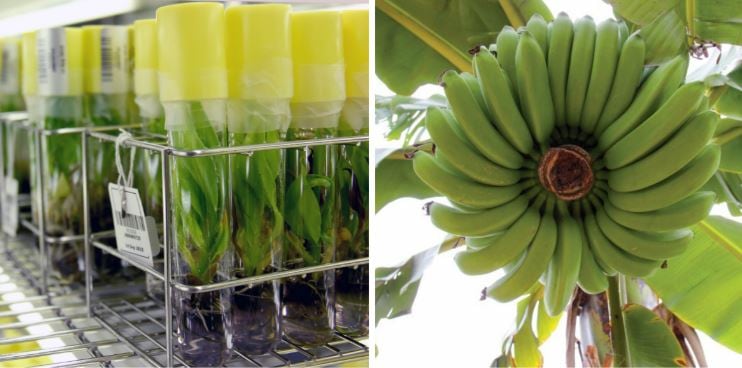
The collection falls under the umbrella of the United Nations as the ‘Bioversity International Musa Germplasm Transit Centre’ (ITC). To preserve the samples, the bioengineers use a cold chamber containing test tubes with small banana plantlets of 3cm to 4cm and cryotanks with plant stem cells in liquid nitrogen at a temperature of -196C.
Everyone in his team has a defined role. Roux himself manages all gene bank related activities such as for example, collecting new varieties in Papua New Guinea where a team member (Julie Sardos geneticist) is working with national partners to collect seeds of wild bananas to safeguard the diversity. Everything is conserved in test tubes at ITC where Roux goes once every two or three months.
“About 70% of the samples are cryo preserved with three copies. The third copy is kept in Montpellier, in case there is a disaster in Belgium. The technology is working so well we are proposing to have a backup for all vegetative propagated crops that will complement the Global Seed Vault based in Svalbard,” added Roux.
Almost one million seed samples from all over the world are stored at the Svalbard Global Seed Vault, in Spitsbergen, Norway, which opened in 2008. The vault's purpose is to save humanity in the event of a major global disaster.
Background to CGIAR
CGIAR arose in response to widespread concern in the mid-20th century that rapid increases in human populations would lead to widespread famine.
Part of this movement saw work by Norman Borlaug (1914-2009), the Rockerfeller Foundation and the Mexican government promoting the ‘Green Revolution’, which led to the establishment of the International Rice Research Institute (IRRI) in 1960 and International Maize and Wheat Improvement Center (CIMMYT) in 1963, developing high-yielding, disease-resistant varieties that dramatically increased production of these staple cereals.
Svalbard Global Seed Vault
- The focus of the Vault is to safeguard as much of the world’s unique crop genetic material as possible, while also avoiding unnecessary duplication.
- It has the capacity to store 4.5 million varieties of crops. Each variety will contain on average 500 seeds, so a maximum of 2.5 billion seeds may be stored in the Vault.
- Currently, the Vault holds more than 980,000 samples, originating from almost every country in the world. Ranging from unique varieties of major African and Asian food staples such as maize, rice, wheat, cowpea, and sorghum to European and South American varieties of eggplant, lettuce, barley, and potato.
“Borlaug developed semi-dwarf, high-yield, disease-resistant wheat varieties and in the mid-20th century, he led the introduction of these high-yielding varieties combined with modern agricultural production techniques to Mexico, Pakistan and India. As a result, Mexico became a net exporter of wheat by 1963. Between 1965 and 1970, wheat yields nearly doubled in Pakistan and India, improving food security in those nations,” said Roux
“Borlaug was often called 'the father of the Green Revolution' and is credited with saving over a billion people worldwide from starvation.”
In 1970, the Rockefeller Foundation proposed a worldwide network of agricultural research centers under a permanent secretariat. This was further supported and developed by the World Bank, FAO and UNDP, and CGIAR was established on May 19, 1971, to coordinate international agricultural research efforts at reducing poverty and achieving food security in developing countries.
CGIAR originally supported four centres: CIMMYT; IRRI; the International Center for Tropical Agriculture (CIAT); and the International Institute of Tropical Agriculture (IITA).
The initial focus was on rice, wheat and maize which was extended to cassava, chickpea, sorghum, potato, millet and other food crops.
By the 1990s the number of centers supported by CGIAR had grown to 18 but thanks to mergers with the International Laboratory for Research on Animal Diseases (ILRAD) and the International Livestock Centre for Africa (ILCA) and the absorption of work on bananas and plantains into the program of the International Plant Genetic Resources Institute (IPGRI); now Bioversity International, the number went to 16 then 15 after it merged another center (ISNAR).
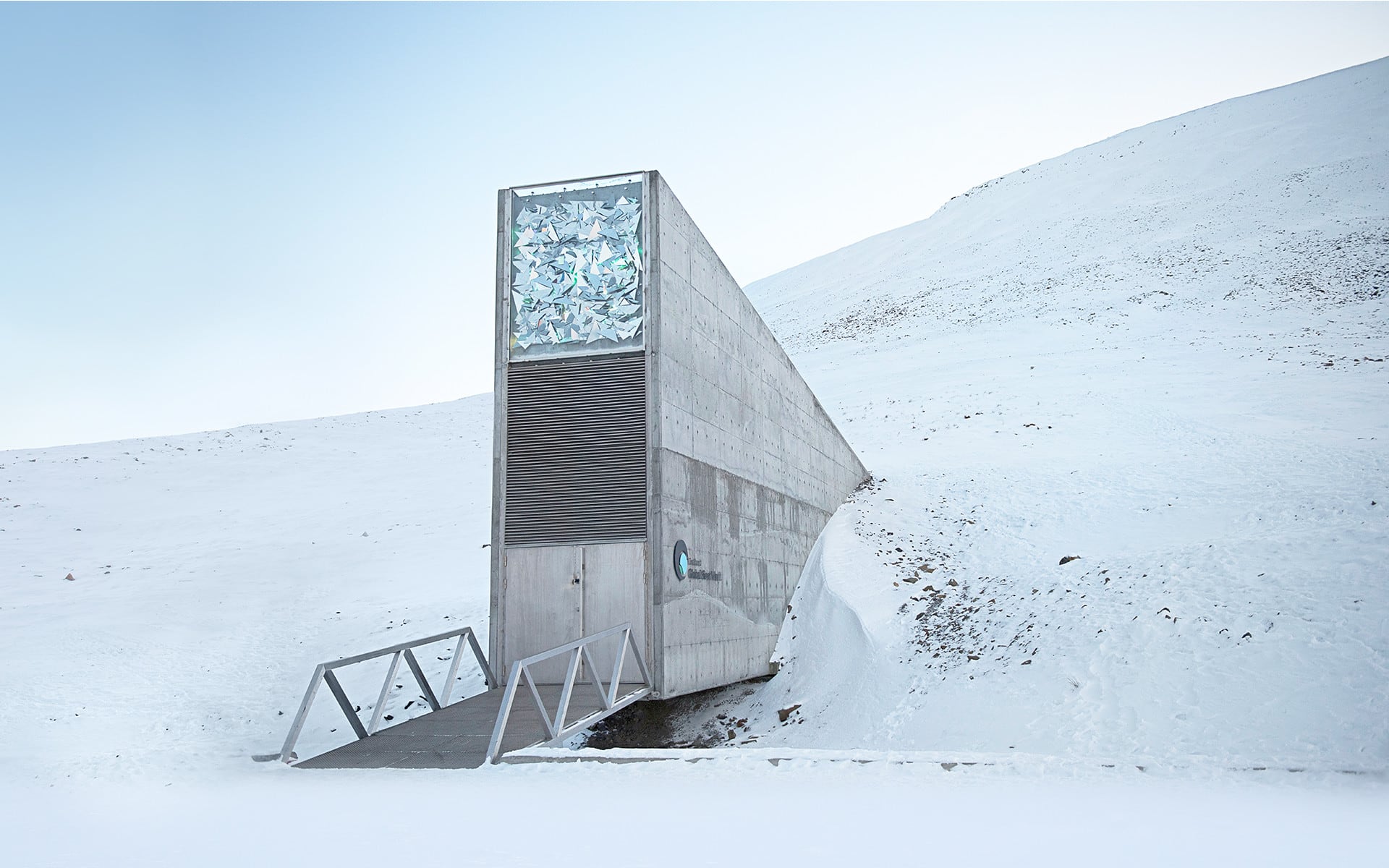
“CGIAR has 15 centres around the world and underwent several reforms in 2012. We receive funds from different countries but instead of working in silos, we wanted to develop programmes across all the centres. For example, I work on biodiversity in one of the programmes involved, preserving the biodiversity of several crops such as rice, wheat, maize, cassava, sweet potato and bananas, working closely with the FAO (Food and Agriculture Organization of the United Nations),” added Roux.
“For food security the investors want to see the impact our work is having on reducing hunger but we need more longterm funding for that."
The inauguration of the CGIAR System Organization headquarters took place in Montpellier, France on the Agropolis International site in 2014. Having decided to move office from Washington DC in the US to Montpellier in 2012.

